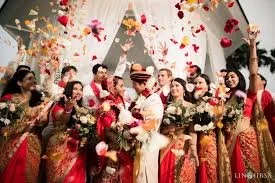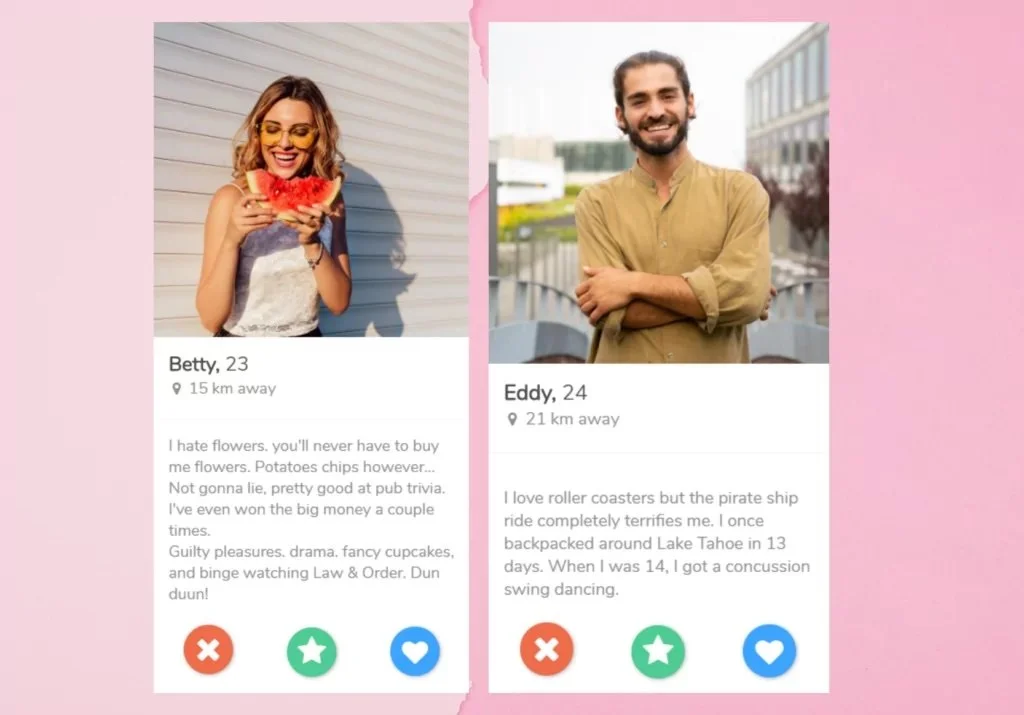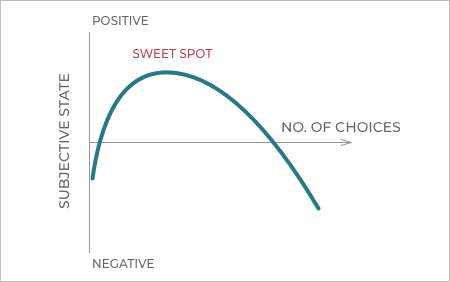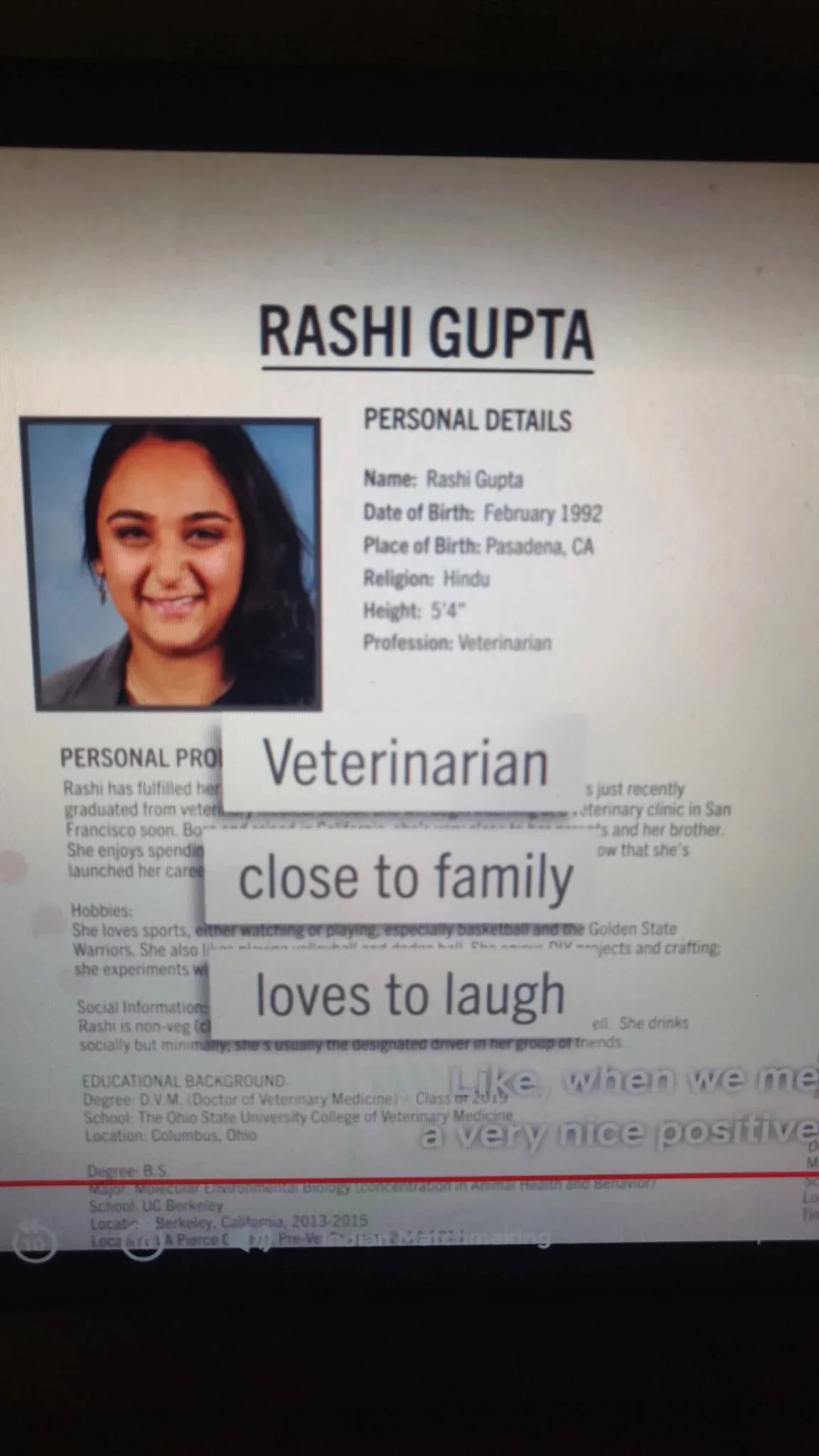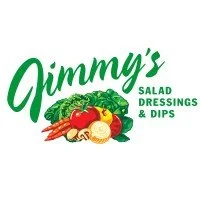What Lonely American Singles Can Learn From Netflix’s “Indian Matchmaking”.
While you may not agree with Sima Aunty’s opinion that Nick Jonas and Priyanka Chopra aren’t a good couple, you still have to watch “Indian Matchmaking” on Netflix. The show follows the world-famous, international Indian matchmaker, “Sima Taparia of Mumbai,” as she sets out to help her clients find their twin flames. Whether you’re single, happily in a relationship, or unhappily in a relationship, everyone can learn something from this show.
“Indian Matchmaking,” made me realize how egocentric the United States can be. A lot of people are blind to the fact that a lot of other cultures don’t find the love of their life swiping on a screen or dating around like they do in cringey romantic comedies. This show opens your eyes to the fact that the way we do things in the U.S. isn't the only way to do them, and we can learn some lessons from our 1.4 billion Indian friends across the globe. The following is a list of lessons you should keep in mind while watching this popular Netflix docuseries:
1. Dating kind of sucks no matter where you are.
This show is brutally honest and proves that regardless of how you date, where you date or who you date —dating can be tricky and requires loads of emotional energy. It’s a jaded consolation, but despite being on different continents that are split by the Atlantic, misery is still company. “Indian Matchmaking” shows that, even with carefully catered checkboxes, family-approval and seemingly “perfect” matches, some dates still suck.
While the show is absolutely flooded with differences in mindset and culture, it makes you realize that—at our core—we all want the same thing, and it’s damn hard to get.
2. Biodatas are better than dating profiles.
A biodata is basically a resume, but for dating. Sima Aunty uses these profiles to present her suggested matches to her clients. A biodata has your love-candidate’s headshot, educational background, likes and dislikes, career, and what they’re looking for. The stripped-back format is focused more on human substance, background and values, than looks.
While this can be anxiety-provoking, it encourages people to actually go on dates. While the format of the biodata is vastly different from Tinder, Bumble and Hinge, the biggest difference isn’t related to that. Besides having less corny pickup lines and pictures of guys holding fish and puppies, the biggest difference lies in the amount of candidates that Sima presents to her clients. She typically gives her client a selection of 1-5 Biodatas to select from. In the show, this difference makes it blatantly obvious that—in the U.S.—we fall victim to the paradox of choice. In his book “Modern Romance,” Aziz Ansari discusses how dating has evolved with the expansion of technology.
Dating used to be limited to your pool of geographically convenient prospects: the people at your church, school, job or neighborhood. It expanded with the industrial revolution; transportation made the world less segmented and inventions such as the telephone and email made long distance relationships and communication more feasible than ever before. The start of the internet era and social networking opened the floodgates to options—and therefore comparisons.
While having options is good, it is proven that a plethora of people at your fingertips can actually be a detriment to your love life and ironically, makes you less inclined to choose anyone because there is always the romanticization of someone better out there. You can always go on the next date with a different person from an app if you bail on this one. The paradox of choice and vast network of available singles tricks us into thinking that the “nexts” are infinite, which makes the effort put into each modern digital love connection significantly less than if you lived 60 years ago and simply asked the guy or girl that served you at the diner to get coffee with you. With matchmaking, there are less choices, but an equally good—arguably better—success rate that a “love match” (as they call them in the show). Sima knows this and sticks to her strategy of less being more.
3. American aunties really need to step it up.
Don’t get me wrong, American aunts are great, but they’re not serving you eligible singles on a silver platter like the aunties do in “Indian Matchmaking.” Someone needs to start an auntie renting business where you can rent out an older woman to go to a bar and just scout out prospects for you. Indian aunties (which can be any older, respected woman) are the best wing-women. They go to weddings and hype you up to the cutest prospects. American aunties have to step it up. India is embarrassingly ahead of us in the aunt department.
4. Astrology is interesting.
While some people laugh at astrology or cringe when someone asks what sign you are, it is taken extremely seriously in a lot of other countries. “Indian Matchmaking” shows that just because we view the ancient practice differently than other parts of the world, we shouldn’t immediately write it off.
Astrology doesn’t have to mean living by your daily horoscope, but rather taking notice of personality traits and tendencies that your chart identifies, and keeping an open mind to what that could mean. In short, the message of astrology is to pay attention to the universe, energy and what makes you tick. You can take it as high level or as granular as you want. Whether you take astrology as pure truth or nothing more than a story to roll your eyes at, it is still worth understanding how it is viewed vastly differently in the United States than it is in other parts of the world. “Indian Matchmaking” will open your eyes to the steadfast beliefs and dedication of some people to this ancient practice, written by the stars.
5. Weddings are WAY cooler in color.
Indian weddings are awesome. There are choreographed dances, gatherings of hundreds (even thousands), and sparkling gems plastered onto everything. They’re full of culture, music, tradition and expression. Traditional American weddings stick to white dresses and pressed black suits, and I have to ask why we are still living in a black and white world when a lot of other corners of the world are painted in color? Doesn’t a union of two people who love each other deserve a bit more than a monochromatic matrimony? Let’s elevate the party level of our American weddings because, without a doubt, India does them better.
6. Lastly, compromise isn’t settling.
I don’t care what you think, but a perfect match doesn’t exist. There’s no relationship without road bumps, and no two people are “perfect” for each other. Sima always says that if you get 70% of your criteria met by someone (or rather 70% of their biodata), you should go out with them and give it a shot because sometimes you think one type of person is right for you, but it’s actually someone you’d never picture yourself with.
Quite frankly, most people pick the wrong person to marry.
Sima always says that in the U.S. we chase lust not love, and that’s why around 40% of marriages end in divorce. In India, while there are many different cultural factors and stigma that factor into this, the divorce rate is around 6%. This striking difference in success rate can’t help but make you think about what a good love really is. What it boils down to is that at the end of the day, friendship and compromise are much more important than lust when it comes to a relationship’s longevity. With so many options at the tip of their fingers, Americans are caught chasing sexiness and “better.” They’re caught chasing a spark that inevitably dies. If you want to hear more on this, you can check out a brutally honest TED Talk called “Why You’ll Marry The Wrong Person”.
While it is a bit depressing and the author describes it as “a pessimist's guide to marriage,” it hits on the points that are at the core of the lessons within “Indian Matchmaking.” This show makes you think twice about your choice in a partner. When the flame goes out, what’s left?
Sima teaches her clients that, while a spark is important, marriage will only be successful if there is strong friendship, compromise, and effort underneath the sexiness that is oftentimes disguised as love. By no means should you settle, but you should be looking for friendship and stability within a partnership above anything else. At the end of the day, that is the only thing that makes love last. Success lies within those foundational things and not within the hot-and-heavy, can't-take-your-arms-off-each-other version of love that media and American culture makes us aspire to have.
“Indian Matchmaking” will make you doubt the definition of love and what you want from it. In a passage from her book “Cleopatra and Frankenstein,” Coco Mellors poetically boils down the lesson that is at the core of Sima’s teachings: “All this nonsense about love being like a drug, making you feel high, that’s not real. It should hold you like the earth.”


